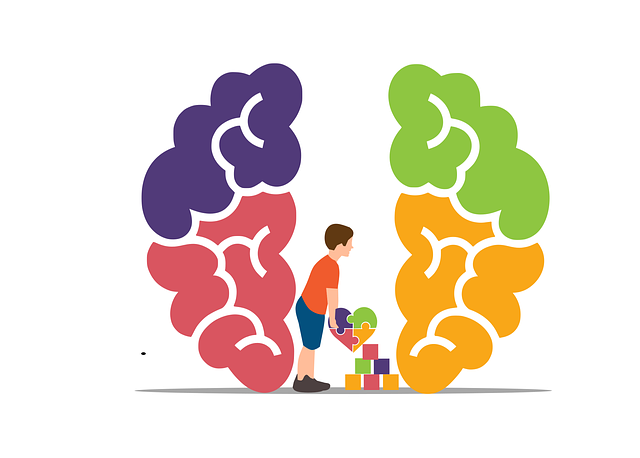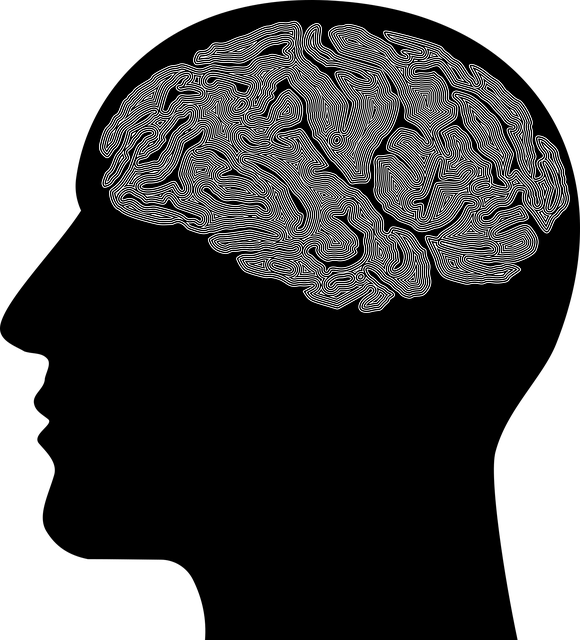Greenwood Village Depression Therapy prioritises patient safety with comprehensive risk assessment, addressing immediate dangers while mitigating long-term harm. They utilise structured assessments to understand client histories and tailor interventions for enhanced coping skills and stress management. By identifying burnout risks among healthcare providers, they implement prevention techniques like mindfulness and journaling, fostering a culture of harm minimisation. Their robust risk management plans, focused on resilience building through training and mental wellness exercises, ensure continuous monitoring and adjustments for optimal patient safety and well-being throughout therapy.
Risk assessment and harm minimization planning are essential components of providing safe, effective therapy. This comprehensive guide explores these crucial aspects in therapy settings, focusing on strategies to identify and mitigate potential risks. We delve into best practices for implementation, drawing from the successful approach of Greenwood Village Depression Therapy. By understanding risk assessment and implementing robust harm minimization plans, therapists can create a secure environment conducive to healing.
- Understanding Risk Assessment in Therapy Settings
- Identifying Harm Minimization Strategies
- Implementing Effective Risk Management Plans
- Case Study: Greenwood Village Depression Therapy's Approach
Understanding Risk Assessment in Therapy Settings

In the therapeutic realm, particularly at centres like Greenwood Village Depression Therapy, risk assessment is a cornerstone of safe and effective care. It involves meticulously evaluating potential hazards and their consequences within the therapy setting. This proactive approach ensures that therapists can anticipate, mitigate, and manage risks effectively, fostering an environment conducive to healing. By implementing structured assessments, practitioners can identify vulnerable individuals, understand their unique challenges, and develop tailored interventions aimed at enhancing coping skills development and stress management.
A comprehensive risk assessment goes beyond identifying potential dangers; it also involves considering the client’s history, current circumstances, and resilience. This holistic view enables therapists to address not only immediate risks but also long-term harm minimization strategies. Moreover, by integrating mental illness stigma reduction efforts into these assessments, therapeutic interventions can become more inclusive and supportive, ultimately enhancing the overall well-being of individuals seeking treatment at centres like Greenwood Village Depression Therapy.
Identifying Harm Minimization Strategies

Identifying Harm Minimization Strategies is a crucial step in risk assessment for any healthcare setting, especially considering the rising challenges of burnout among providers. Greenwood Village Depression Therapy offers valuable insights into this process. By recognizing the potential risks and triggers, professionals can implement effective strategies to mitigate harm. One key approach involves adopting Burnout Prevention Techniques tailored for healthcare providers, which may include regular Self-Awareness Exercises to promote personal well-being and professional resilience.
These exercises could range from mindfulness practices to reflective journaling, enabling practitioners to recognize early signs of burnout and take proactive measures. The goal is to foster a culture where harm minimization isn’t just a reactive process but an integral part of the healthcare system’s design, ensuring optimal patient care and provider well-being in the long term.
Implementing Effective Risk Management Plans

Implementing Effective Risk Management Plans begins with a comprehensive assessment of potential risks and their impact on individuals seeking therapy, such as those attending Greenwood Village Depression Therapy services. This process involves meticulously identifying triggers, past traumas, or any factors that could escalate or complicate a patient’s mental health journey. By understanding these risks, healthcare providers can develop tailored strategies to mitigate harm and promote resilience building.
Resilience is a cornerstone of successful depression therapy, and it’s cultivated through various methods like Healthcare Provider Cultural Competency Training and Mental Wellness Journaling Exercises. These tools empower individuals to navigate challenges and maintain stability. Regular monitoring and evaluation are crucial steps in ensuring the plan remains effective; allowing for adjustments as needed, thus fostering an environment that prioritizes patient safety and well-being throughout their therapy journey.
Case Study: Greenwood Village Depression Therapy's Approach

Greenwood Village Depression Therapy (GVDT) takes a holistic and proactive approach to risk assessment and harm minimization planning. Recognizing that depression is a complex mental health issue, GVDT prioritizes Mental Health Awareness through comprehensive assessments tailored to each client’s unique circumstances. They believe in empowering individuals with strategies for effective Stress Management Workshops Organization, focusing on both short-term interventions and long-term coping mechanisms.
By fostering an environment free from the stigma associated with mental illness, GVDT ensures that clients feel supported and encouraged throughout their journey. Their planning involves identifying potential triggers, developing crisis management strategies, and implementing support systems tailored to individual needs. This personalized approach not only minimizes risks but also promotes resilience, enabling individuals to lead fulfilling lives despite the challenges posed by depression.
Risk assessment and harm minimization planning are indispensable components of a comprehensive therapeutic approach. By understanding risk assessment in therapy settings, identifying effective harm minimization strategies, and implementing robust risk management plans, professionals can create safer environments for clients. The case study of Greenwood Village Depression Therapy demonstrates that a tailored, proactive strategy significantly enhances client outcomes and ensures the highest standards of care. Adopting these practices is crucial for maintaining ethical standards and fostering therapeutic resilience in the face of potential risks.














